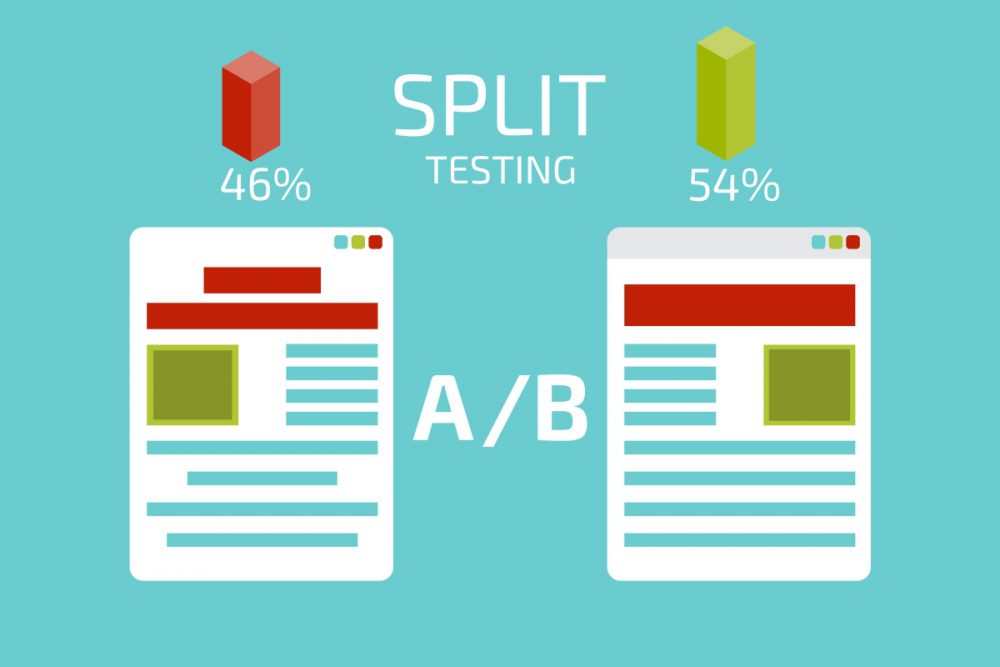Being able to predict customer orders based on real-time information is one of the keys to your sales success in today’s competitive market.
Today, almost every company has developed its own way of establishing meaningful customer relationships, including loyalty programs, customer referrals, or even network marketing to some extent.
We’ll take a look into customer relationship management (CRM), particularly Small Business Dream, and how it helps smart companies to predict customer orders and stay ahead of the competition.
Getting Down to the Facts about Your Customers
Collecting important information about your customers is the starting point in developing a strategy to determine what your customers would be interested in.
Small Business Dream’s client acquisition tools provide companies with a very efficient way to collect customer information from high-quality leads.
Small Business Dream accomplishes the task in two ways:
- card scan function
- sales funnel
To get only the best, high-quality leads, we need our client acquisition tools to target specific type of customers based on their needs and interest.
A walk-in customer who gives away his business card or contact information is interested to know more about the company and what it has to offer. It’s the same thing with online visitors and customers signing up to the mailing list on a website’s sales funnel.
As more information about your customers becomes available for the company using Small Business Dream’s follow up and customer feedback tools, you can start analyzing the data, connect the dots, and predict customer orders.
The following information from Small Business Dream’s customer data is crucial for anticipating customers’ response and buying habits:
- Time/Date. What particular time of the month or year do they usually make these transactions? What particular time of the day or week do they prefer scheduling their appointments? This information will help you when preparing your next inventory or accommodating old and new customers days or weeks ahead.
. - Frequency. How often do they make their purchase or avail of theservice? Do they take action to your drip campaigns and surveys often or does it take them weeks or months? Noting this customer habit will help you determine the likelihood of having repeat customers or converting new ones.
. - Customer response. Your customers may not always give a direct response whether or not they are likely to buy the same product or use the same service, and some might respond better with more subtle ways like asking them if they would recommend using your product or service to anyone or asking their own honest opinion about it.
Big companies use Enterprise Resource Planning (ERP) systems to know exactly which products and services are frequently bought or used.
Small Business Dream allows tech-savvy users to accomplish the same with just a little trick using Excel spreadsheets. Customer information can be easily downloaded in CSV file, and users will be able to process and analyze all the data presented in exquisite detail.
The big advantage of CRMs like Small Business Dream over ERPs is that it lets business owners and sales agents deal with every customer on a personal level, make their own assessment about the customer, and set priorities based on how they respond to the call.
Small Business Dream uses a scale of 0-10 to indicate which customers need more attention and which ones require less. However, it’s important to never prejudge your prospects based on customer data alone as there are cases when low priority clients make major buying decisions out of the blue.
Enhance Customer Engagement with Small Business Dream
The ability to record conversations with your prospects and customers, make notes, set priorities, and schedule next upcoming events all in one place makes Small Business Dream extremely valuable for both online and offline businesses.
This CRM feature makes real-time customer engagement possible for tech-savvy companies, especially those with salespeople working in shifts who need to get the facts right about each individual customer on the spot.
Small Business Dream makes it all possible by allowing business owners to categorize each customer for an easy lookup if they want to check on a specific type of customer only.
For instance, they can view just the customers who have subscribed to any of their email drip campaigns and check on whether they wanted to know more or if an upcoming purchase is already in order.
Another feature which makes Small Business Dream such a jewel in predicting customer orders is its ability to create highly personalized surveys through the survey builder. You can embed a tracking code for Google Analytics into your surveys to monitor real-time statistics about your prospects and customers.
Although Google Survey offers the same functionality, they are not as flexible as Small Business Dream’s survey builder. Moreover, Google will also require some fees to access some of their premium features, and are limited as to the number of surveys that can be done each month using its free service.
Choosing the Right CRM to Predict Customer Orders
With plenty of CRMs to choose from on every turn, you might be thinking which one will actually help you to predict customer orders. Small Business Dream offers a helping hand to every business owners who want to grow their business FAST without spending a lot of money in the process.
Take your business to the next level through sales and marketing automation. Visit SmallBizDream.com and start using our suite of tools to increase your sales and profitability like never before.





